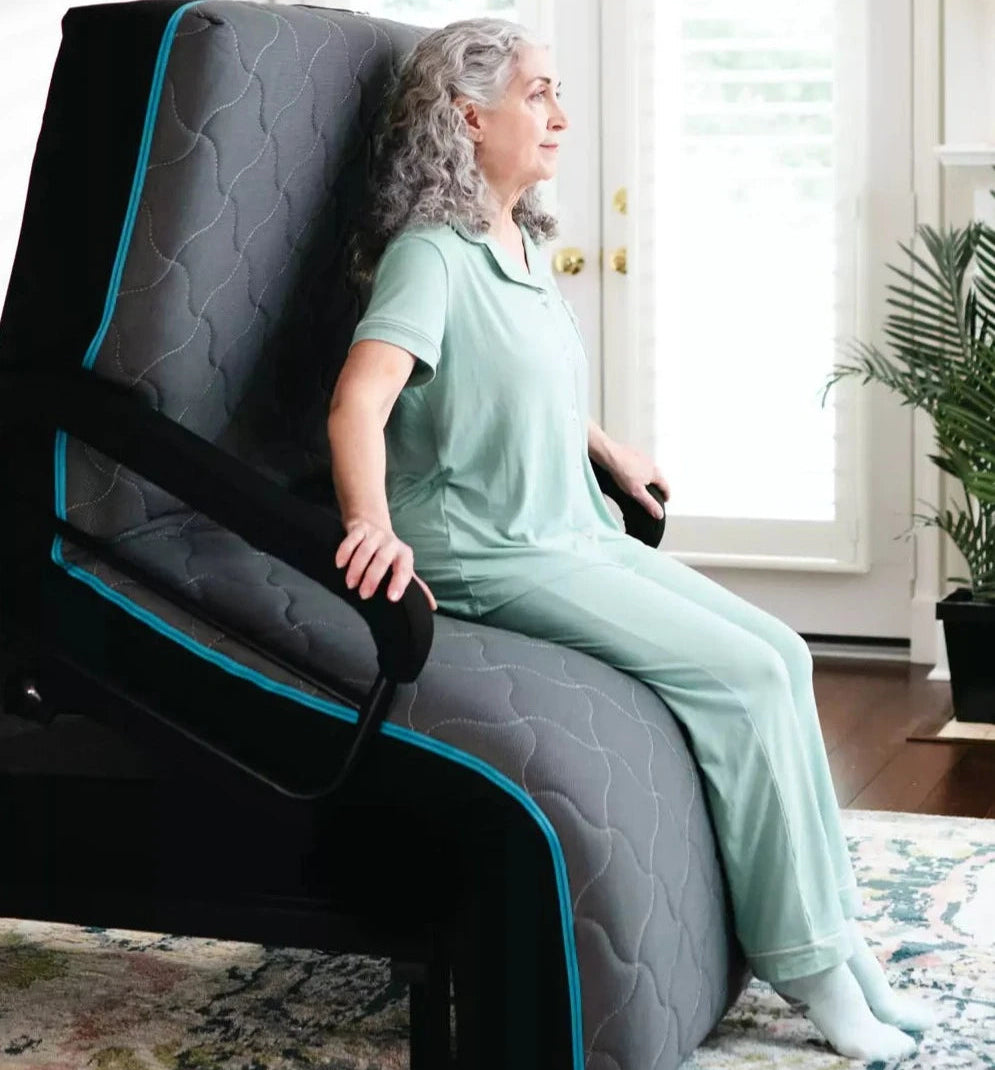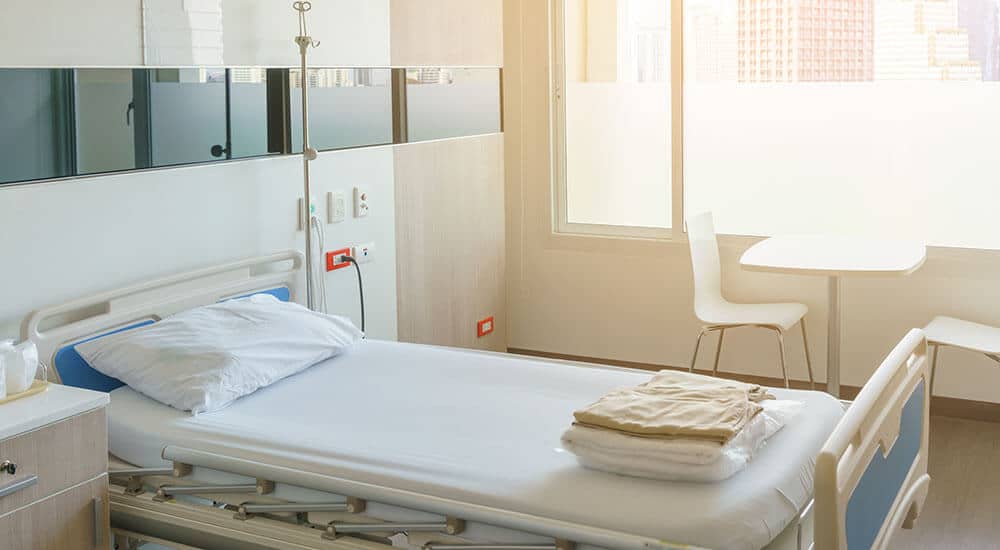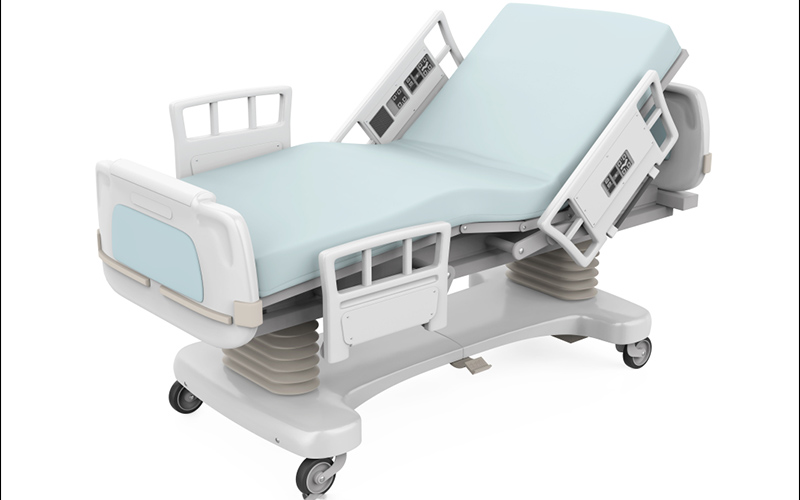Not known Facts About Hospital Beds For Home Use
Not known Facts About Hospital Beds For Home Use
Blog Article
Rumored Buzz on Hospital Beds For Home Use
Table of ContentsThe 7-Second Trick For Hospital Beds For Home UseThe 6-Minute Rule for Hospital Beds For Home Use4 Simple Techniques For Hospital Beds For Home Use8 Simple Techniques For Hospital Beds For Home UseThe Hospital Beds For Home Use IdeasThings about Hospital Beds For Home UseNot known Incorrect Statements About Hospital Beds For Home Use
There are 3 main types of hospital beds: handbook, semi-electric, and fully-electric. These beds utilize hand cranks to readjust the bed's height and elevate and decrease the head and the foot.
Semi-electric beds have an electrical motor to raise and lower the head and foot parts of the bed. Clients and caretakers change the placing by pushing switches making use of a hand necklace. The elevation of the bed is readjusted manually with a hand crank. Full-electric beds have an electrical motor that can elevate the head and foot areas of the bed as well as the whole height and positioning of the bed.
The smart Trick of Hospital Beds For Home Use That Nobody is Talking About
Some models can also relocate into more settings, such as the Trendelenburg (tilt) position. There are numerous kinds of healthcare facility beds, each created to meet details individual requirements. Here are some usual types: This is one of the most typical kind of health center bed, created for general medical usage. It has a guidebook or electrically flexible headrest, footrest, and height.
Lower to the ground than a conventional bed. This kind of bed is designed for larger individuals, with a larger structure and greater weight ability than a common bed.
This type of bed is developed for seriously sick individuals that require open monitoring and specialized medical devices such as ventilators and infusion pumps. This type of bed is developed for usage throughout labor and shipment, with adjustable placements and attributes to support the mom and infant throughout the birth process.
Hospital Beds For Home Use for Beginners
Multiple feature and the devices execute broadening traction to various components of the vertebra and the extremities without moving the human body. These are simply a few examples of the types of medical facility beds offered. The particular type of bed used will certainly depend on the individual's condition, clinical demands, and various other factors.
Here is the important things you require to understand. A one-function medical facility bed is a medical bed that permits an individual to relocate just the head or foot area up or down. A 2 feature hospital bed generally describes a type of clinical bed that has two adjustable functions to aid patients in health centers or treatment centers.

Top Guidelines Of Hospital Beds For Home Use
A 7-function ICU bed is a type of clinical bed that supplies several adjustable features to support seriously ill clients in an extensive treatment device (ICU) (hospital beds for home use). The seven functions normally consist of: Backrest change: The backrest can be gotten used to different angles to help the client sit up or lie down conveniently
Height change: The bed can be elevated or decreased to make it less complicated for individuals to obtain in and out of bed, and for caretakers to give care. Trendelenburg placement: The entire bed can be slanted to advertise blood flow and circulation in the body. Reverse Trendelenburg position: The bed can additionally be slanted in the contrary direction to promote blood circulation and blood circulation in the upper body.
While even more cost effective than electrical versions, these beds need physical initiative for changes. The primary benefits of manual beds are their cost and reliability, as they don't depend on power. The demand for hands-on effort can be a constraint in scenarios where quick changes are essential or where caretakers face physical challenges.
Examine This Report on Hospital Beds For Home Use
Semi-electric hospital beds provide an equilibrium of manual and electric controls. These beds provide a suitable center ground between handbook and totally electric alternatives, using ease of use without the complete cost of electrical designs.
Semi-electric beds are fit for patients who need modest modifications to the head and foot areas but can take care of without regular elevation modifications. This makes them an affordable remedy for those looking for convenience and convenience without the requirement for constant repositioning. Completely electric hospital beds include electrical controls for smooth adjustments to the height, head, and foot sections.
Specialized hospital beds, such as ICU beds, long-term care beds, and bariatric beds, are carefully designed to resolve certain clinical needs. These beds supply customized look after varied client teams, improving both results and comfort. In about his the adhering to sections, we will certainly check out the primary types of specialized hospital beds, detailing their particular benefits and applications.
With years of experience in producing electrical linear actuators - hospital beds for home use and close collaboration with the healthcare market, TiMOTION is well-positioned to provide reliable medical care solutions. Our vertically integrated company manages every step of the manufacturing process, from style to actuator setting up, guaranteeing we provide outstanding value and customized solutions tailored to your particular demands
Some Of Hospital Beds For Home Use

For more information regarding integrating these technologies into your products, contact us today. Additional analysis:.
Data is sourced from the Medicare Expense Report.

Unknown Facts About Hospital Beds For Home Use
A hospital bed is a bed created particularly for medical purposes. It is not only a place for people to rest, yet additionally a system for medical procedures. Unlike ordinary home beds, healthcare facility beds typically have adjustable functions, which can help with medical staff to make different adjustments according to the demands of clients, such as transforming the height, inclination, and support angle of the back and legs of the bed.
Report this page